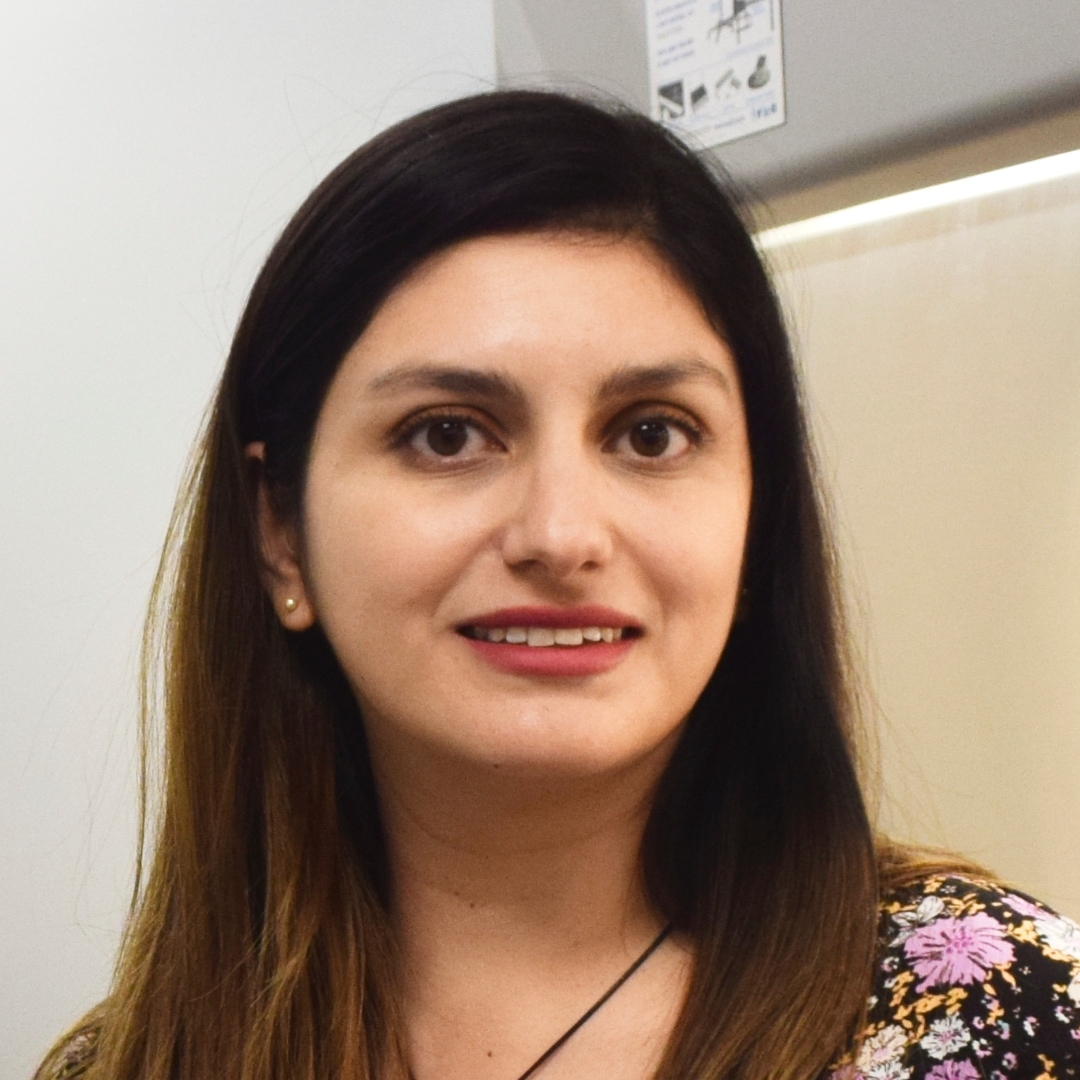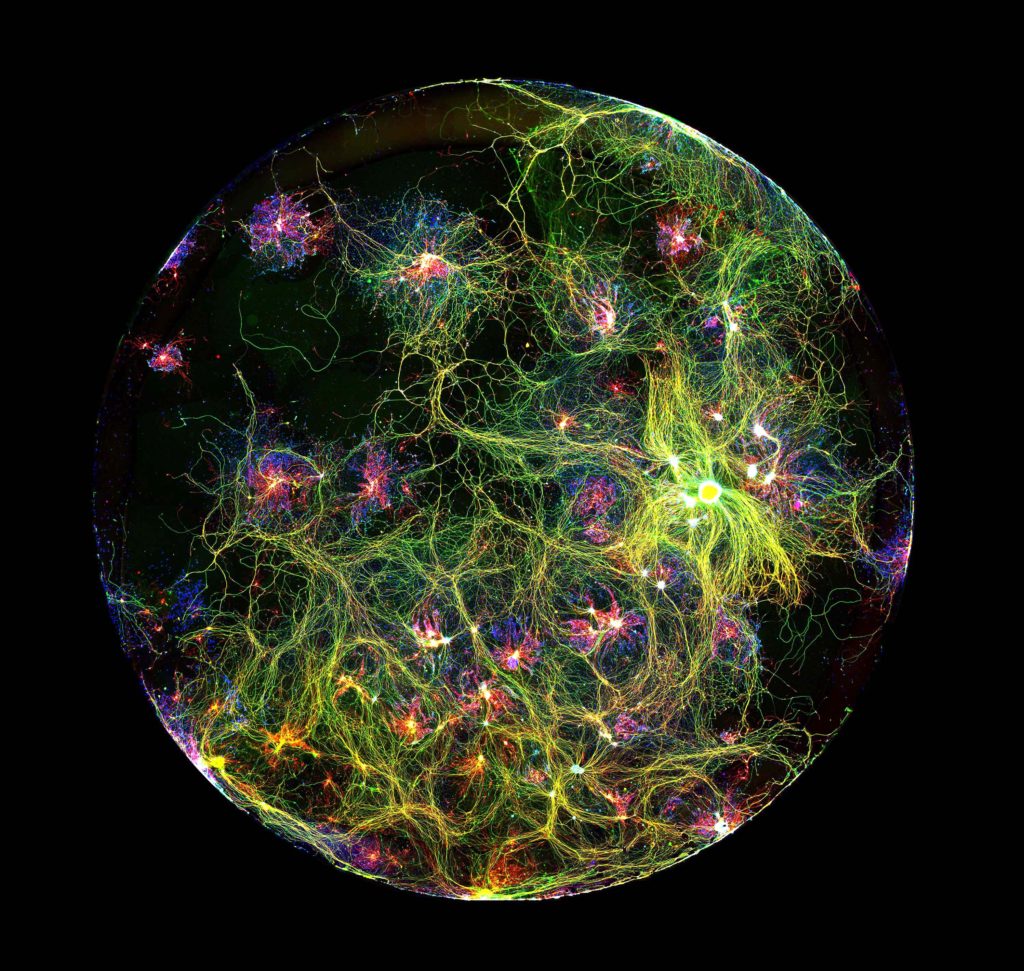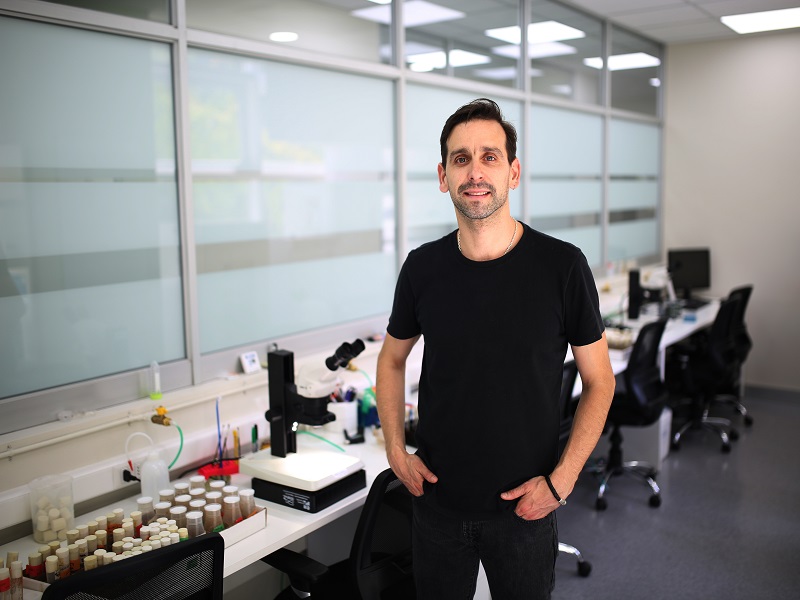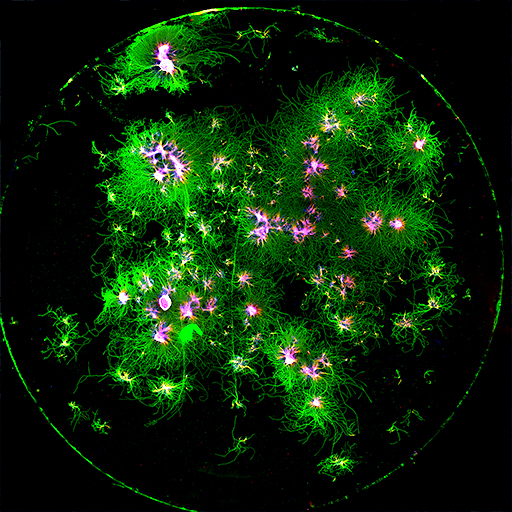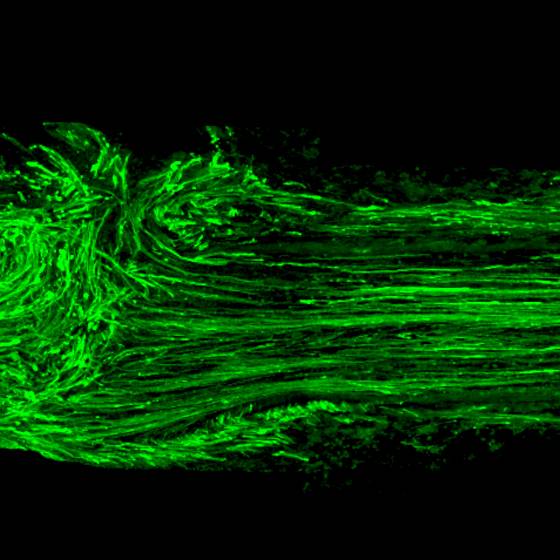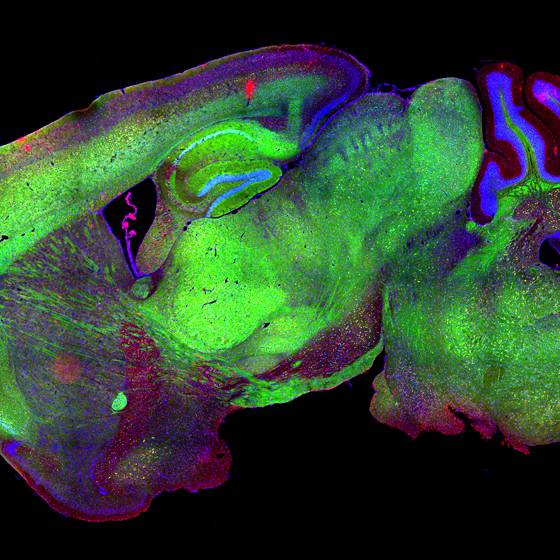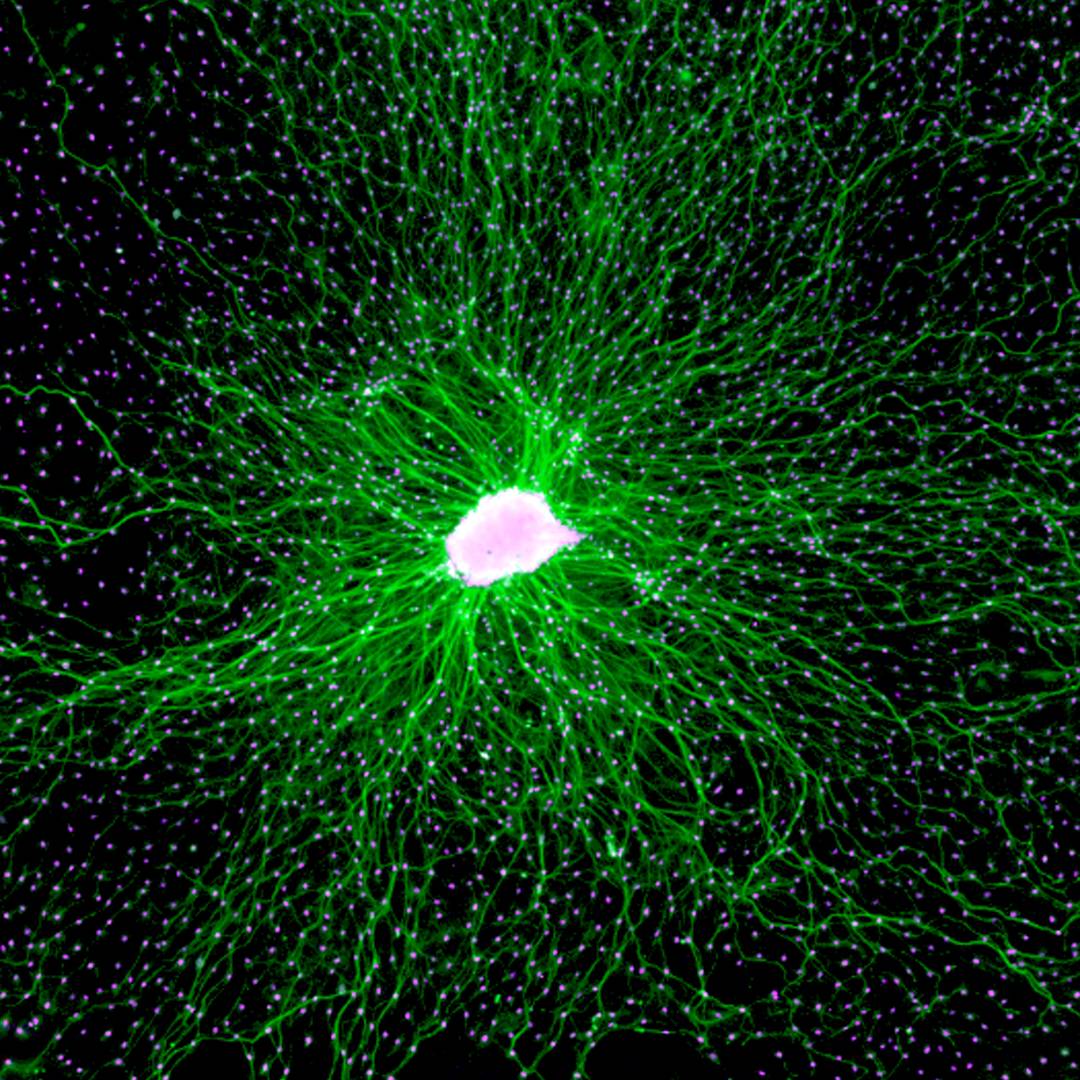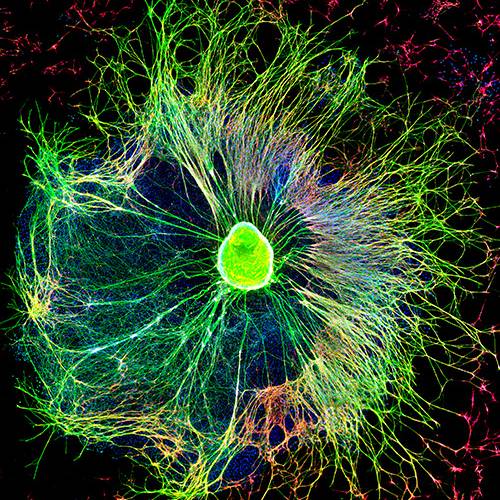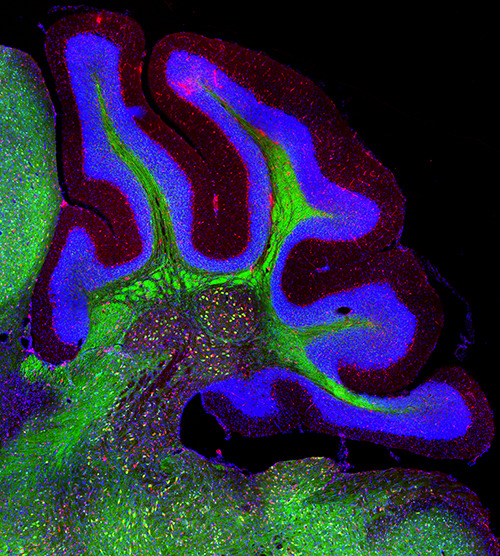The gut-brain axis along aging
The gut microbiota plays an important role in the physiology of the central nervous system and inflammation. Brain-gut communication enables bidirectional modulatory effects between the microbiota and the central nervous system, which might be involved in physiological and pathological events. Changes in the intestinal microbiota during aging show a decrease in the Firmicutes/Bacteroidetes ratio, presenting a higher proportion of Bacteroides, Clostridium, and Proteobacteria, and a decrease in Actinobacteria compared to young adults.
We are cultivating and analyzing thousands of bacterias from the Chilean population, in order to find new strains with positive effect over inflammation and aging.

Restoring the gut microbiome for healthy aging
Our research focuses on the search for bacterial consortia with effect over the aging process. Our aim is to restore the intestinal microbiota during aging, converting it into a healthier and more beneficial intestinal microbiota. For the generation of bacterial consortia, we have generated a bank of bacteria isolated from the intestinal microbiota of healthy Chileans with a wide diversity of bacteria strains. Hundreds of these isolated and taxonomically classified bacteria has been evaluated for their probiotic properties and we are currently generating consortia for in vitro and in vivo studies. In addition, we are studying the gut microbiota in aged people, trying to correlate changes in their composition associated to the risk to develop brain conditions.
People involved
Related Publications
octubre 4, 2021
XBP-1 deficiency in the nervous system protects against amyotrophic lateral sclerosis by increasing autophagy
Hetz C, Thielen P, Matus S, Nassif M, Court F, Kiffin R, Martinez G, Cuervo AM, Brown RH, Glimcher LH.
Genes Dev. 2009 Oct 1;23(19):2294-306. doi: 10.1101/gad.1830709. Epub 2009 Sep 17.
PMID: 19762508
PUBLICATIONSDataNervous System FxPNS
octubre 4, 2021
A laminin-2, dystroglycan, utrophin axis is required for compartmentalization and elongation of myelin segments.
Court FA, Hewitt JE, Davies K, Patton BL, Uncini A, Wrabetz L, Feltri ML.
J Neurosci. 2009 Mar 25;29(12):3908-19. doi: 10.1523/JNEUROSCI.5672-08.2009.
PMID: 19321787
octubre 4, 2021
Abrogation of prostaglandin E2/EP4 signaling impairs the development of rag1+ lymphoid precursors in the thymus of zebrafish embryos
Villablanca EJ, Pistocchi A, Court FA, Cotelli F, Bordignon C, Allende ML, Traversari C, Russo V.
J Immunol. 2007 Jul 1;179(1):357-64. doi: 10.4049/jimmunol.179.1.357.
PMID: 17579056
PUBLICATIONSDataNervous System FxPNS
septiembre 30, 2021
Identity, developmental restriction and reactivity of extralaminar cells capping mammalian neuromuscular junctions.
Court FA, Gillingwater TH, Melrose S, Sherman DL, Greenshields KN, Morton AJ, Harris JB, Willison HJ, Ribchester RR.
J Cell Sci. 2008 Dec 1;121(Pt 23):3901-11. doi: 10.1242/jcs.031047. Epub 2008 Nov 11.
PMID: 19001504
Related News
Artista y científico transforman fotografías de redes neuronales en obras de arte
octubre 14, 2021
“Cultivo”, la muestra de Juana Gomez, está basada en el trabajo del Dr. Felipe Court, director del Centro de Biología Integrativa de la U. Mayor. Los conceptos de Arte y Ciencia se unieron para dar…
Director del CIB se adjudicó proyecto de la Fundación Michael J. Fox para estudiar nuevos blancos terapéuticos contra el Parkinson
octubre 14, 2021
l Dr. Felipe Court explicó que su propuesta es bloquear farmacológicamente el proceso de degeneración neuronal para detener la progresión de la enfermedad. El Dr. Felipe Court, director del Centro…
